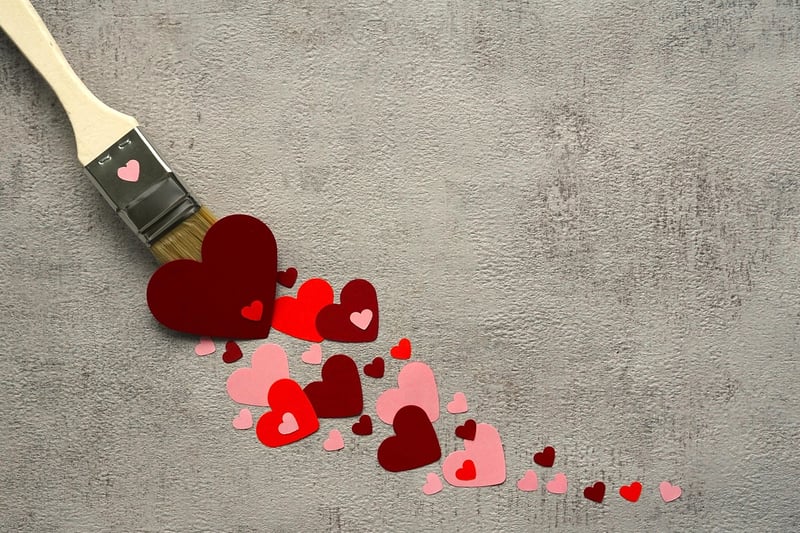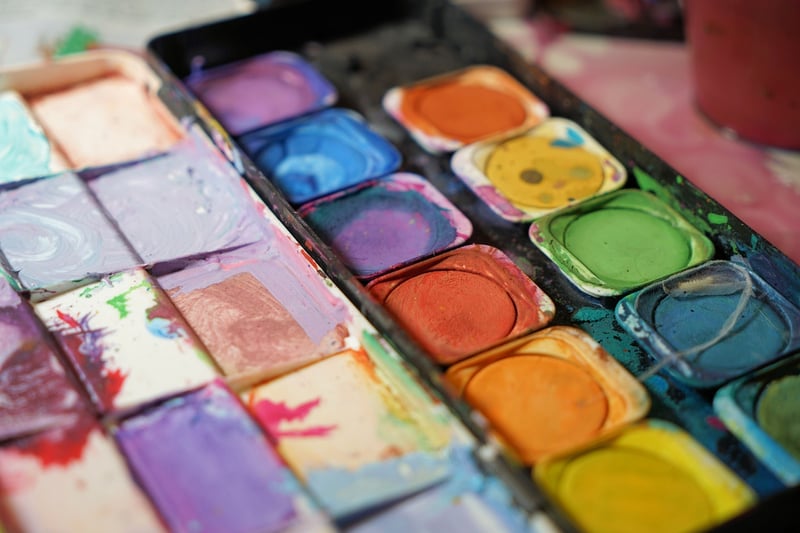Aesthetic Balance
Enhancing Visual Appeal with Aesthetic Balance

In the world of design, achieving visual appeal is essential, and one key element to consider is aesthetic balance. Aesthetic balance refers to the distribution of elements within a design to create a sense of harmony and equilibrium. By understanding and implementing principles of balance, designers can create visually pleasing compositions that capture attention and engage viewers.
The Importance of Aesthetic Balance
Aesthetic balance plays a crucial role in design by helping to create a sense of order and stability. When elements are arranged harmoniously, it can evoke a feeling of completeness and satisfaction in the viewer. Imbalanced designs can feel chaotic or incomplete, leading to a lack of visual appeal and impact.
Types of Aesthetic Balance
There are several types of balance that designers can utilize to create visually appealing compositions:
- Symmetrical Balance: In symmetrical balance, elements are evenly distributed on either side of a central axis, creating a mirror image effect.
- Asymmetrical Balance: Asymmetrical balance involves the distribution of different elements that have equal visual weight but are not identical, creating a more dynamic composition.
- Radial Balance: Radial balance occurs when elements radiate out from a central point, creating a circular or spiral arrangement.
- Crystallographic Balance: Crystallographic balance involves the repetition of elements in a symmetrical pattern throughout a design.
Tips for Achieving Aesthetic Balance
Here are some tips for achieving aesthetic balance in your designs:
- Use the Rule of Thirds: Divide your design into a grid of nine equal parts and position key elements along the gridlines or their intersections.
- Consider Visual Weight: Different elements have varying visual weights. Balance heavier elements with lighter ones to create equilibrium.
- Play with Scale and Proportion: Experiment with different sizes of elements to create a visually interesting composition.
- Utilize Contrast: Contrast in color, texture, or shape can help create balance by drawing attention to specific areas.

Conclusion
Aesthetic balance is a fundamental aspect of design that can significantly impact the visual appeal of a composition. By understanding the different types of balance and implementing key principles, designers can create harmonious and visually striking designs that resonate with viewers.
